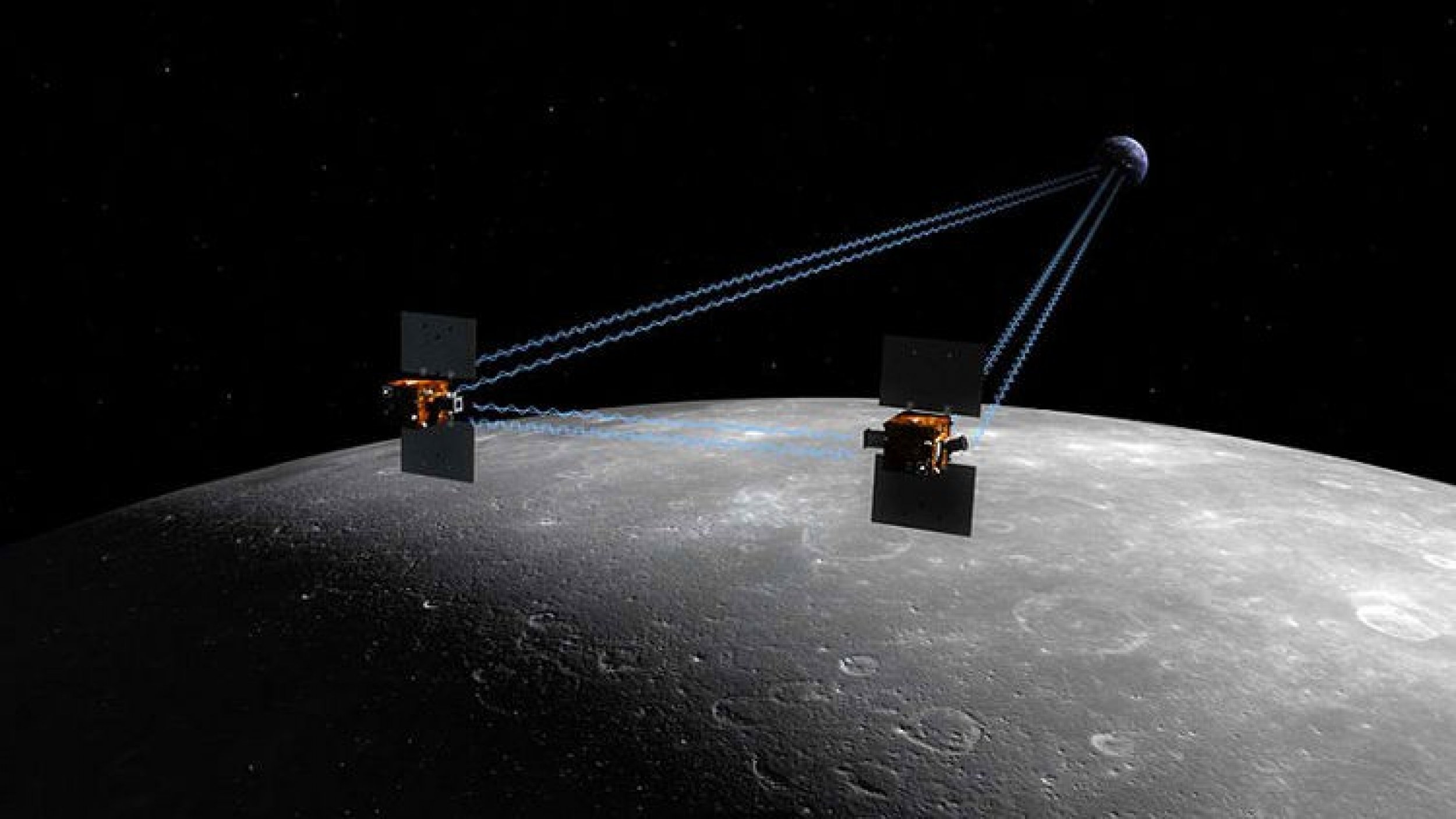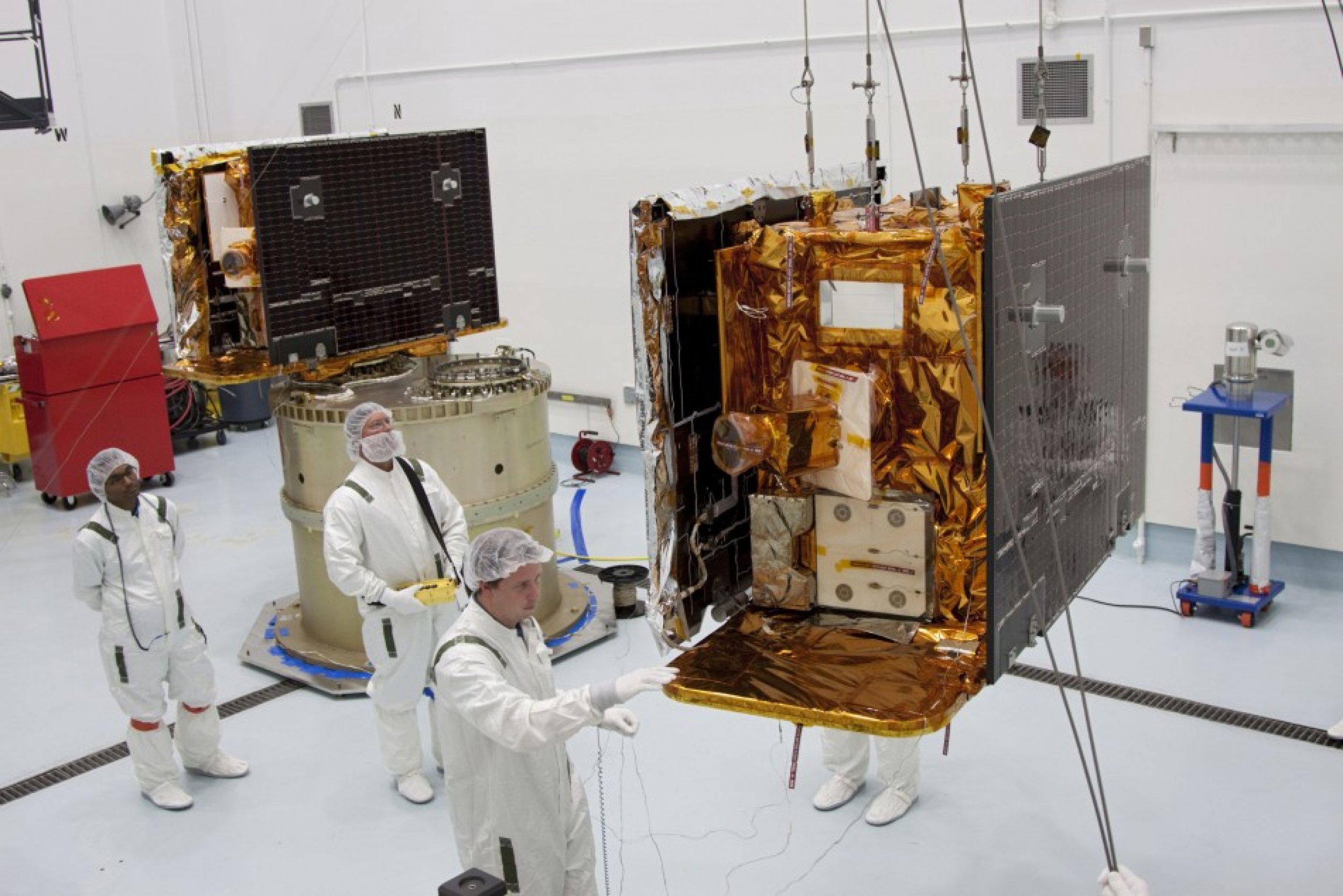NASA's Twin GRAIL Spacecraft Began its Journey to Moon (PHOTOS)
After a two-day delay NASA finally launched a pair of satellites from Cape Canaveral Air Force Station in Florida on Saturday on its first mission to study the moon in unprecedented detail.
The identical probes — named GRAIL-A and GRAIL-B —aboard a Delta II rocket. It will take close to four months for the spacecraft to reach the Moon.
NASA's twin lunar Gravity Recovery and Interior Laboratory lifted off from Cape Canaveral, Fla., at 9:08 a.m.
NASA after 90 minutes of the take off confirmed that both GRAIL-A and GRAIL-B had separated from the rocket, and begun their journey to the moon. Both GRAIL won't land on the Moon but will conduct their survey from a polar lunar orbit.
The GRAIL traveling independently to the moon, with A due to arrive on New Year's Eve and B on New Year's Day.
Our GRAIL twins have Earth in their rear view mirrors and the moon in their sights, said David Lehman, GRAIL project manager at NASA's Jet Propulsion Laboratory (JPL) in Pasadena, Calif. The mission team is ready to test, analyze and fine tune our spacecraft over the next three-and-a-half months on our journey to lunar orbit.
NASA's twin lunar GRAIL is the first spacecraft designed to measure the gravity of the moon, and determine its precise makeup all the way down to the core.
GRAIL and many other exciting upcoming missions make clear that NASA is taking its next big leap into deep space exploration, and the space industry continues to provide the jobs and workers needed to support this critical effort, said NASA Administrator Charles Bolden.
There have been more than 100 missions to the Moon since the Soviet Union's Luna probes in 1959. They include NASA's six Apollo missions that put 12 men on the surface of the Moon.






© Copyright IBTimes 2024. All rights reserved.





















